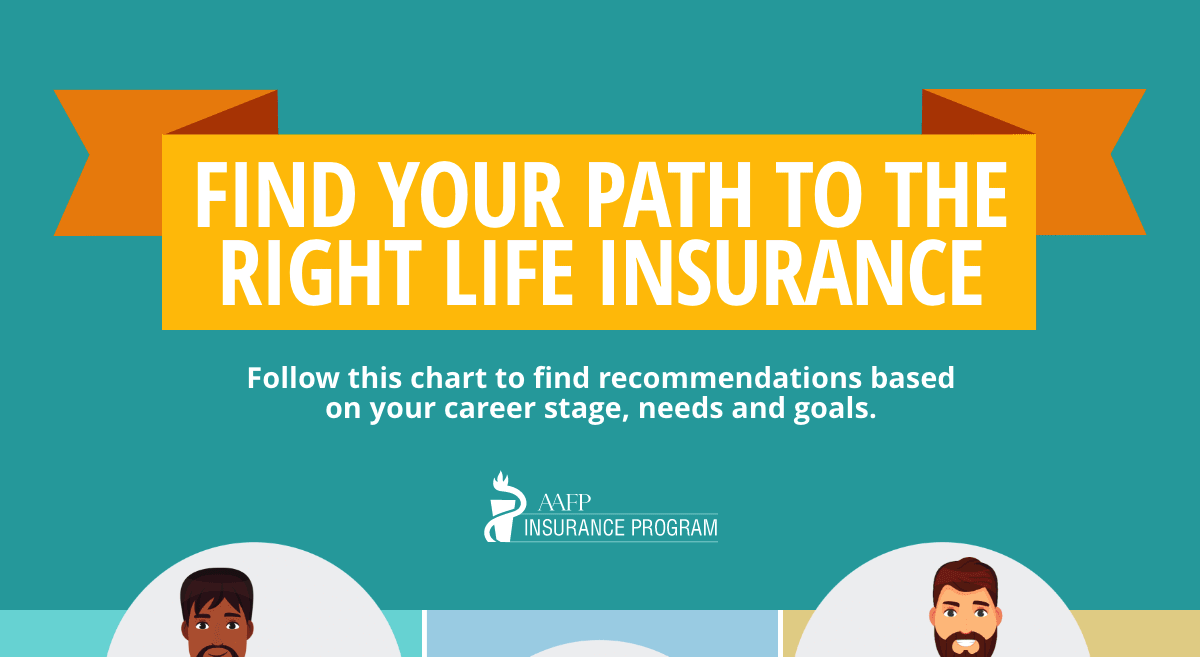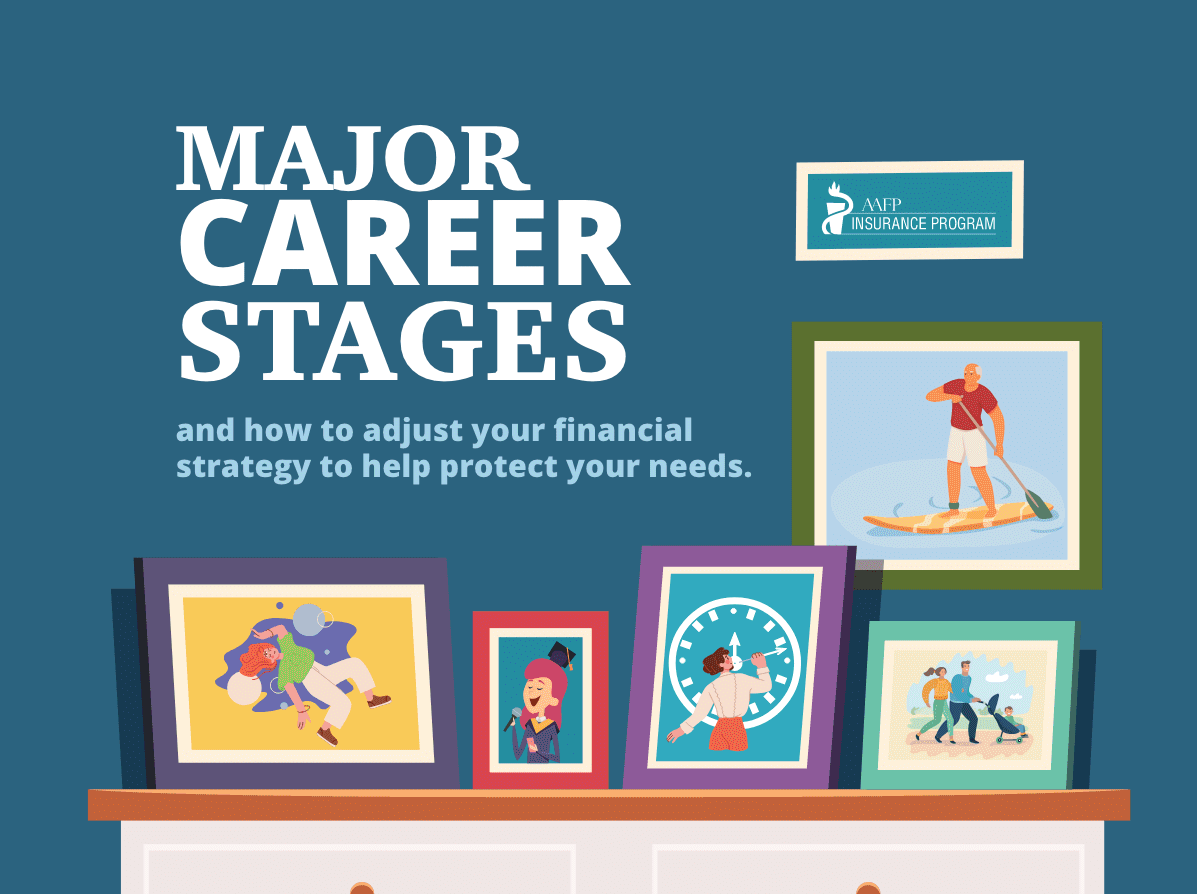Proponents say telemedicine can improve patients’ health and cut costs. And more and more doctors and patients agree. According to the National Conference of State Legislatures, an estimated 3.2 million patients will use telemedicine services by 2018. So what does the future hold for healthcare apps and what are the long-term effects of the use of such applications?
Better management of chronic diseases
The ability to monitor patients remotely can be particularly advantageous for patients with chronic diseases — such as congestive heart failure, chronic obstructive pulmonary disease, and hypertension. Mobile and home-based devices that connect via the Web may increase the likelihood of early detection and prompt intervention.
Currently, 9.3% of the U.S. population suffers from diabetes. Healthcare apps would prove especially valuable to these patients. Smartphone applications can help diabetics manage medications, carbohydrate intake, and blood glucose levels. An app that simply reminds diabetics to take medications can eliminate complications and save more than $300 billion a year.
These apps keep patients healthy and, in turn, out of the hospital. Consider those with congestive heart failure, a condition that often leads to return hospital stays. After being treated for heart failure, it’s important that patients keep track of their weight. A sudden increase could indicate a buildup of fluid – a sign the heart is not pumping blood efficiently.
Identifying this problem before it becomes severe can make a big difference. A large hospital in Louisiana reported that readmission rates dropped significantly when congestive heart failure patients were equipped with wireless scales for 30 days after they were discharged.
Early intervention not only benefits the patient, it benefits the bottom line as well. Medicare payments to hospitals with high rates of readmission are reduced as part of the Hospital Readmissions Program, created under the Affordable Care Act. A penalty of up to 3% of the Medicare payment is incurred when patients treated for heart attack, heart failure, and other conditions return within 30 days of discharge. Conversely, some healthcare systems reward doctors when patients stay healthy.
Apps for both patients – and physicians
Not all healthcare apps are used to monitor an individual patient’s health. Many help physicians diagnose and treat patients. Clinical reference apps give healthcare providers access to the latest information on diseases, drugs and medical tests. Diagnostic apps use algorithms to help physicians make treatment choices. And public health apps allow physicians to track disease clusters by aggregating information from sources such as the federal government or Centers for Disease Control and Prevention.
Choose your apps wisely
Today, there are more than 165,000 health or wellness applications that run on smartphone systems alone; and they’ve been downloaded more than 1.7 billion times. Americans have embraced this trend and it shows no signs of slowing down. In fact, one out of every 10 people in the U.S. wears a fitness device every day. And more than half believe its ability to monitor personal vital signs can increase life expectancy by 10 years.
Whatever your health need, there’s an app to meet it. But not all are created equally. In fact, a recent study found many apps targeting individuals with chronic illnesses are not effective. It concluded only 43% of iOS apps and 27% of Android apps were likely to be useful.
Clearly, some apps are better than others. And physicians must take the time to find the most effective way to treat each individual patient. The right application can help keep patients healthy and costs down. But, keep in mind, even the best technology is no substitute for regular check ups with a skilled physician.
Tell us: What are your thoughts about health care apps and do you find them useful?
Photo Credit: Shutterstock




